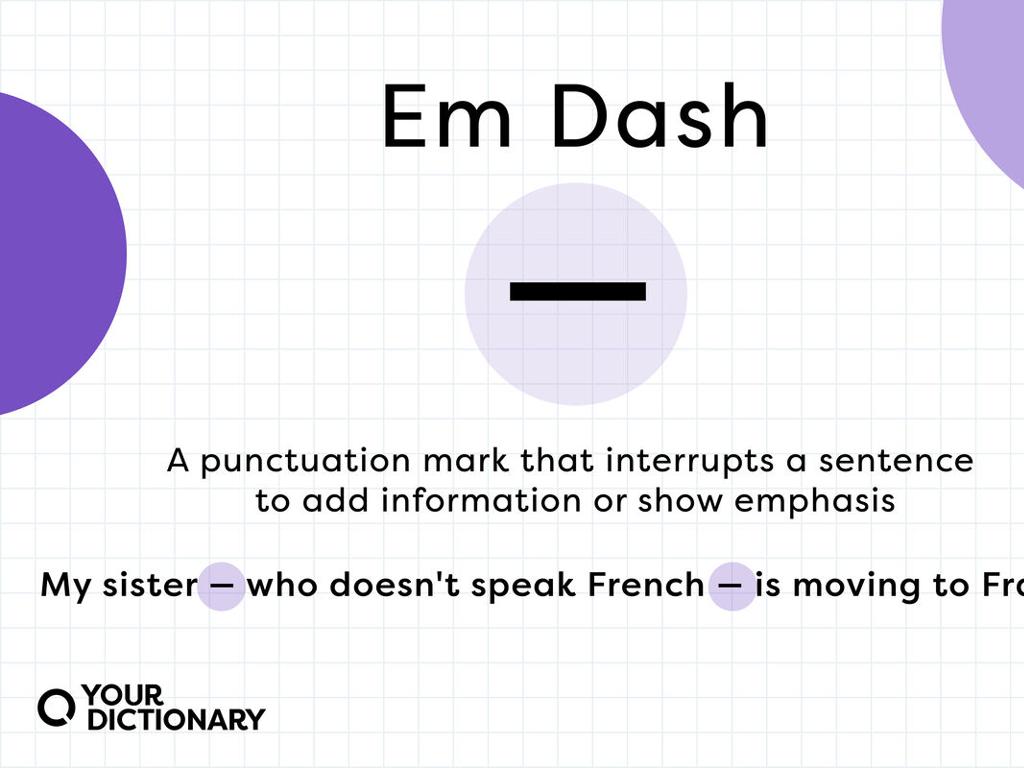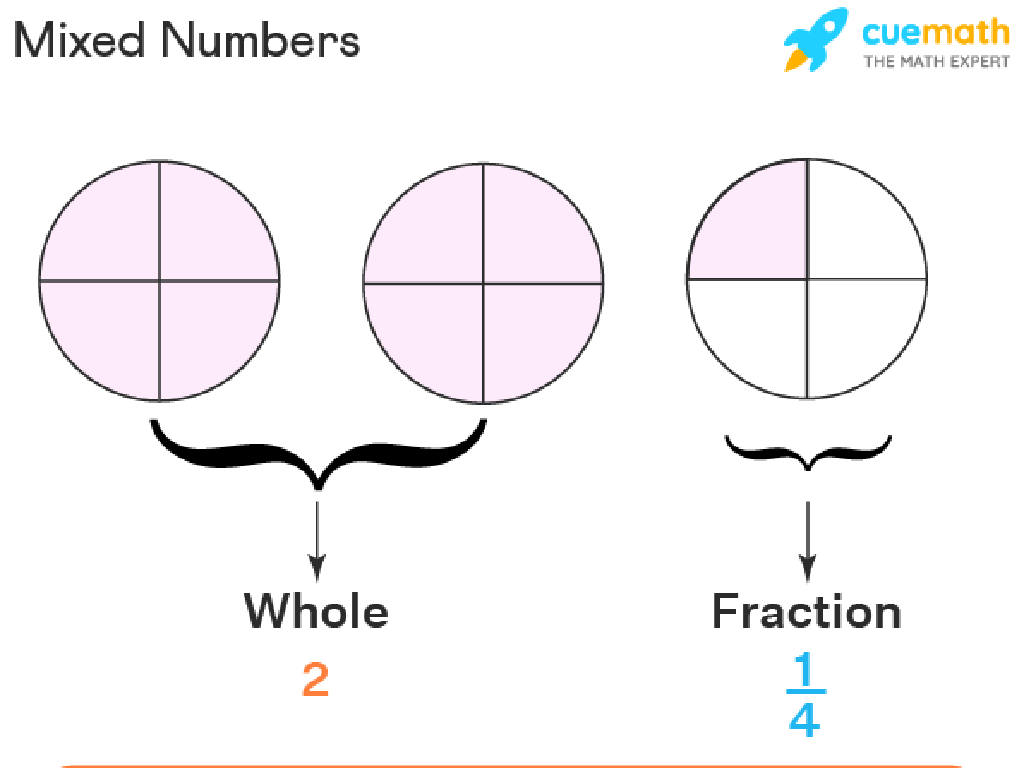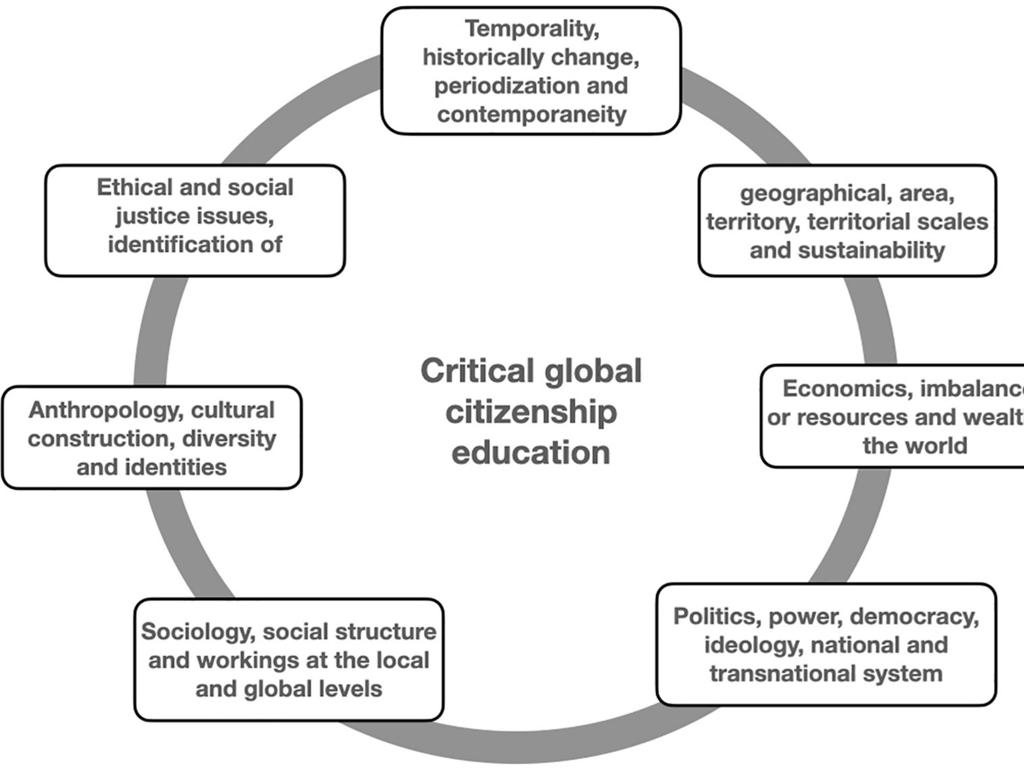Foundations Of Inca Civilization
Subject: Social studies
Grade: Seventh grade
Topic: Early Americas
Please LOG IN to download the presentation. Access is available to registered users only.
View More Content
Welcome to the Inca Empire!
– Introduction to Inca civilization
– A powerful empire in South America during the 1400s.
– Early Americas context
– The Inca were one of many advanced civilizations in the Americas.
– Overview of Inca foundations
– Explore Inca society, culture, and innovations.
– Significance in history
– Understanding the Inca helps us appreciate the complexity of pre-Columbian history.
|
This slide is designed to introduce students to the grandeur of the Inca Empire and its place within the context of the Early Americas. The Inca civilization, known for its sophisticated society, impressive architectural achievements, and complex road systems, was a prominent force in South America before the arrival of Europeans. This lesson will delve into the foundations of Inca society, including their culture, governance, and innovations that allowed them to thrive in the Andean region. Highlight the importance of the Inca in the broader narrative of human history, and encourage students to consider the impact of indigenous civilizations on our understanding of the past.
Geography of the Inca Empire
– Empire’s location in South America
– Stretched along the western part of the continent
– Influence of the Andes Mountains
– The mountains shaped Inca society and culture
– Terrace farming techniques
– Step-like fields cut into hillsides for agriculture
– Adaptation to the environment
– Ingenious methods to thrive in challenging terrain
|
This slide aims to give students an understanding of how geography influenced the Inca civilization. The Inca Empire was located on the western side of South America, encompassing a variety of terrains including mountains, deserts, and forests. The Andes Mountains, in particular, played a significant role in the development of the Inca lifestyle, from their social organization to their engineering feats. Terrace farming was one of the innovative agricultural techniques developed by the Incas to make the most of their mountainous environment, allowing them to grow crops like potatoes and maize on steep slopes. Emphasize the Incas’ ability to adapt to their environment, which was key to their success as a civilization. Encourage students to think about how the geography of their own region affects their daily lives.
Inca Society: Class Structure and Community
– Inca class hierarchy explained
– Inca society was strictly organized with nobles, priests, and commoners.
– Roles within social classes
– Nobles governed, priests performed rituals, artisans created, and farmers worked the land.
– Family’s role in Inca culture
– Families were part of ayllus, extended groups that worked the land together.
– Community significance in Incas
– Communities cooperated on projects like building terraces and roads, essential for Inca success.
|
This slide aims to provide students with an understanding of the Inca social structure and the roles of different classes. Emphasize the hierarchical nature of Inca society and how each class had specific duties that contributed to the functioning of their civilization. Discuss the concept of ‘ayllus’ and how family units were the foundation of Inca society, working together to support the community. Highlight the importance of community cooperation in large-scale projects, which was a key factor in the Incas’ ability to create a successful and enduring civilization. Encourage students to compare the Inca social structure with modern society to foster a deeper understanding.
Inca Achievements: Engineering and Innovation
– Masterful Inca engineers
– Built extensive roads, bridges, and structures like Machu Picchu
– Innovative terrace farming
– Created terraces on mountains for agriculture, preventing soil erosion
– Quipus: recording information
– A system of knotted strings for communication and keeping records
– Inca’s lasting legacy
|
The Incas were remarkable engineers, constructing an extensive network of roads and bridges that connected their vast empire. Their buildings, such as Machu Picchu, were engineered to withstand earthquakes. They also revolutionized agriculture by building terraces on mountain slopes, which increased arable land and reduced soil erosion. The Quipu was an innovative communication system that used various knots and colors of strings to record information, an essential tool for managing their empire. These achievements reflect the Inca’s ingenuity and their ability to adapt to their environment, leaving a lasting legacy that continues to be studied and admired.
Inca Religion and Beliefs
– Religion’s role in Inca society
– Religion was integral, guiding daily life and imperial policy.
– Major Inca deities
– Worshiped gods like Inti the sun god, and Pachamama, the earth goddess.
– Inti Raymi festival
– Inti Raymi honored Inti; involved music, dancing, and feasts.
– Ritual of child sacrifice
– Child sacrifice was a rare, sacred act, believed to appease the gods.
|
The Inca civilization was deeply religious, with their beliefs influencing all aspects of life, from agriculture to leadership decisions. Introduce students to the pantheon of Inca gods, emphasizing Inti, the sun god, and Pachamama, the earth goddess, as central figures. Explain the significance of Inti Raymi, a festival that celebrated the winter solstice and honored Inti with grand ceremonies. Discuss the controversial practice of child sacrifice, which was performed in times of great distress or need, believed to ensure the favor of the gods. Highlight that these practices and beliefs were key to understanding the Inca worldview and their relationship with the natural world.
The Fall of the Inca Empire
– Spanish conquistadors arrive
– In 1532, Spanish invaders led by Pizarro landed in Inca territory
– Emperor Atahualpa is captured
– Atahualpa was taken hostage during the Battle of Cajamarca in 1532
– Factors leading to the fall
– A combination of disease, internal strife, and superior weaponry led to downfall
– Impact on Inca civilization
|
This slide aims to explain the key events that led to the demise of the Inca Empire. The arrival of Spanish conquistadors, led by Francisco Pizarro, marked the beginning of the end for the Incas. The capture of Emperor Atahualpa was a significant turning point, as it left the empire without a leader and demoralized the Inca people. Various factors contributed to the fall, including diseases brought by Europeans that decimated the population, internal conflicts within the empire, and the advanced military technology of the Spanish. Discuss the far-reaching impact of these events on the Inca civilization and the indigenous population of the Americas. Encourage students to reflect on the consequences of these historical events and to consider how history is shaped by such encounters.
Class Activity: Create Your Own Inca Mask
– Understand Inca masks significance
– Inca masks were used in rituals and symbolized status.
– Gather materials for mask creation
– You’ll need cardboard, foil, paint, feathers, beads.
– Follow steps to make your Inca mask
– Cut cardboard to shape, cover with foil, decorate with paint, feathers, beads.
– Present and discuss your mask
– Share what your mask represents and learn from others.
|
This activity is designed to give students a hands-on understanding of the cultural significance of masks in the Inca civilization. Before starting, briefly discuss the role masks played in Inca society, including their use in ceremonies and their symbolic meanings. Provide a list of materials needed and ensure all students have access to these. Walk them through the process of creating a mask step by step, encouraging creativity and individual expression. Once completed, have each student present their mask to the class, explaining the design choices they made and what aspect of Inca culture they aimed to represent. This will foster a deeper connection to the topic and enhance their learning experience.






